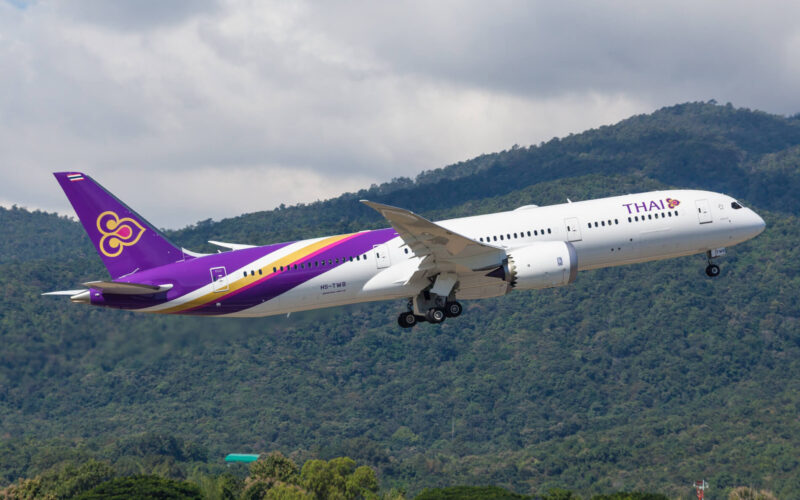Thai Airways states it is fighting back against fierce competition, mellowing economic growth, airport capacity limits, trade wars and other “crises” in a strive to break away from its years-long row of financial losses. Armed with its Rehabilitation Plan, the airline aims to reach an “aggressive profitability” in the upcoming few years, but stakeholders appear not to be convinced that the plans are realizable.
String of setbacks
Thailand’s Deputy Transport Minister has reportedly asked Thai Airways management to revamp the financial rehabilitation plan and submit a new business plan within 30 days, according to reports by local media.
Earlier in October 2019, Thai Airways president had to publically assure that the company has sufficient cash flow for operations, after circulating rumours suggested that the carrier was experiencing a liquidity crunch.
Another drawback came in late September 2019, when the airline’s board rejected aircraft acquisition plan, giving the management six months to revise funding sources. The initial acquisition plan was estimated to be worth $5.13 billion, as per it the airline planned to add 38 aircraft, a mix of narrow-body and wide-body jets.
Troubling finances and high hopes
Thai Airways has reported a $211 million (6,421,811,691 Thai baht) loss during the first six months of 2019. During the corresponding period in 2018, the airline’s books were also in the reds, but losses only accounted to $11 million (349,318,322 baht) at the time.
Since 2013, it was only one year – 2016 – when the company managed to turn in a profit, instead of reporting millions in losses. In 2018, it reported $380 million (11,569.13 million baht) loss – up from $68 million (2,072.05 million baht) the prior year.
As a result, in 2018, a new president, Sumeth Damrongchaitham, was appointed to try and turn the airline back into the profitable business it was at the turn of the century.
With the goal to finally achieve profitable business performance and improved service quality for a higher customer satisfaction, the airline began implementing the Company’s Rehabilitation Plan 2018.
With a vision of becoming “National Premium Airline with Touches of Thai and Effective Management for Sustainable Profitability”, there are five operating strategies outlined, due to steer the airline to its goals.
The very first objective among these five operating strategies proclaims “aggressive profit”, followed by improvements to its business and assets portfolio, enhanced customer experience, digital technology and effective human capital management.

